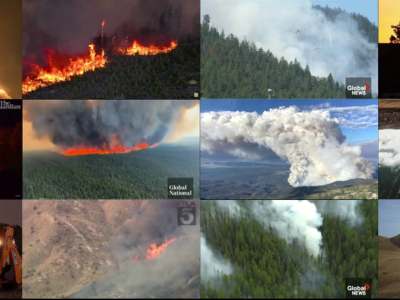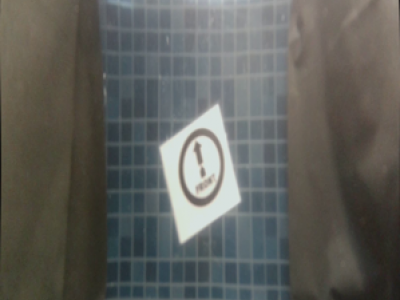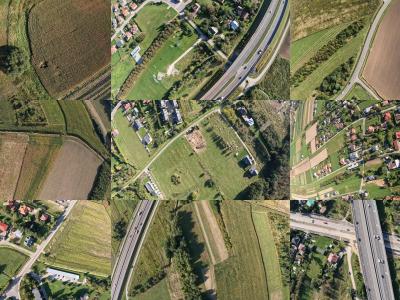Image Processing

Doppler time-of-flight (Do-ToF) imaging has recently attracted significant attention due to its high-resolution capabilities for measuring radial velocity. However, a challenge arises when the back-reflected signal received by pixels switches between a moving object and a stationary background, leading to the appearance of edge artifacts in the velocity images. To address this issue, we propose a per-pixel gradient-based method for identifying and correcting these artifacts.
- Categories:
 20 Views
20 Views
- Categories:
 16 Views
16 Views
To evaluate SARNet’s generalization, we captured a real-world stereo dataset in Guangzhou using a binocular camera. The dataset includes diverse urban and natural scenes to assess SARNet’s performance beyond synthetic and benchmark datasets. Fig. 7 illustrates SARNet’s predictions on real-world scenes, KITTI 2012, and KITTI 2015. Experimental results demonstrate that SARNet generates clear and consistent disparity maps across both smooth and complex regions, highlighting its robustness in real-world depth estimation tasks.
- Categories:
 15 Views
15 ViewsA new small aerial flame dataset, called the Aerial Fire and Smoke Essential (AFSE) dataset, is created which is comprised of screenshots from different YouTube wildfire videos as well as images from FLAME2. Two object categories are included in this dataset: smoke and fire. The collection of images is made to mostly contain pictures utilizing aerial viewpoints. It contains a total of 282 images with no augmentations and has a combination of images with only smoke, fire and smoke, and no fire nor smoke.
- Categories:
 769 Views
769 Views
The Ancient Handwritten Devanagari Documents dataset is a curated collection of historical manuscripts written in the Devanagari script. It comprises digitized images of handwritten texts from various periods, containing diverse calligraphic styles, degradations, and linguistic variations. This dataset is designed for research in optical character recognition (OCR), handwritten text recognition (HTR), word spotting in historical documents and linguistic analysis.
- Categories:
 94 Views
94 ViewsAugmented reality (AR) is a rapidly evolving field, yet research has predominantly focused on indoor applications, leaving outdoor environments relatively underexplored. Metric Depth Estimation (MDE) plays a pivotal role in AR, enabling essential functionalities such as object placement and occlusion handling by extracting depth and perspective information from single 2D images.
- Categories:
 234 Views
234 ViewsThis dataset comprises 33,800 images of underwater signals captured in aquatic environments. Each signal is presented against three types of backgrounds: pool, marine, and plain white. Additionally, the dataset includes three water tones: clear, blue, and green. A total of 12 different signals are included, each available in all six possible background-tone combinations.
- Categories:
 472 Views
472 ViewsThe dataset consists of aerial images captured using a UAV (Unmanned Aerial Vehicle) along with metadata detailing the camera's position, orientation, and settings during the image acquisition process. This dataset was created for the purpose of evaluating algorithms for matching camera images to satellite images. Each data entry includes:
- Categories:
 524 Views
524 ViewsThis dataset contains high-resolution retinal fundus images collected from 495 unique subjects from Eye Care hospital in Aizawl, Mizoram, for diabetic retinopathy (DR) detection and classification. The images were captured over five years using the OCT RS 330 device, which features a 45° field of view (33° for small-pupil imaging), a focal length of 45.7 mm, and a 6.25 mm sensor width. Each image was acquired at a resolution of 3000x3000 pixels, ensuring high diagnostic quality and the visibility of subtle features like microaneurysms, exudates, and hemorrhages.
- Categories:
 810 Views
810 Views
Facility agriculture and arable land data play crucial roles in modern agricultural management and sustainable development. Accurate and up-to-date information regarding facility agriculture, including greenhouses, hydroponic systems, and other controlled environments, enables farmers and policymakers to make informed decisions. It helps in optimizing resource use, improving crop yields, and ensuring food security. Meanwhile, arable land data are essential for monitoring and managing the availability and quality of land suitable for cultivation.
- Categories:
 88 Views
88 Views



